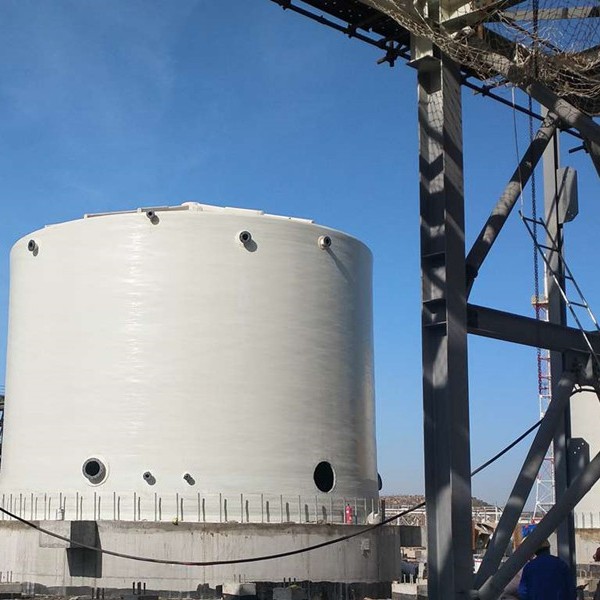
-
 Afrikaans
Afrikaans -
 Albanian
Albanian -
 Amharic
Amharic -
 Arabic
Arabic -
 Armenian
Armenian -
 Azerbaijani
Azerbaijani -
 Basque
Basque -
 Belarusian
Belarusian -
 Bengali
Bengali -
 Bosnian
Bosnian -
 Bulgarian
Bulgarian -
 Catalan
Catalan -
 Cebuano
Cebuano -
 China
China -
 China (Taiwan)
China (Taiwan) -
 Corsican
Corsican -
 Croatian
Croatian -
 Czech
Czech -
 Danish
Danish -
 Dutch
Dutch -
 English
English -
 Esperanto
Esperanto -
 Estonian
Estonian -
 Finnish
Finnish -
 French
French -
 Frisian
Frisian -
 Galician
Galician -
 Georgian
Georgian -
 German
German -
 Greek
Greek -
 Gujarati
Gujarati -
 Haitian Creole
Haitian Creole -
 hausa
hausa -
 hawaiian
hawaiian -
 Hebrew
Hebrew -
 Hindi
Hindi -
 Miao
Miao -
 Hungarian
Hungarian -
 Icelandic
Icelandic -
 igbo
igbo -
 Indonesian
Indonesian -
 irish
irish -
 Italian
Italian -
 Japanese
Japanese -
 Javanese
Javanese -
 Kannada
Kannada -
 kazakh
kazakh -
 Khmer
Khmer -
 Rwandese
Rwandese -
 Korean
Korean -
 Kurdish
Kurdish -
 Kyrgyz
Kyrgyz -
 Lao
Lao -
 Latin
Latin -
 Latvian
Latvian -
 Lithuanian
Lithuanian -
 Luxembourgish
Luxembourgish -
 Macedonian
Macedonian -
 Malgashi
Malgashi -
 Malay
Malay -
 Malayalam
Malayalam -
 Maltese
Maltese -
 Maori
Maori -
 Marathi
Marathi -
 Mongolian
Mongolian -
 Myanmar
Myanmar -
 Nepali
Nepali -
 Norwegian
Norwegian -
 Norwegian
Norwegian -
 Occitan
Occitan -
 Pashto
Pashto -
 Persian
Persian -
 Polish
Polish -
 Portuguese
Portuguese -
 Punjabi
Punjabi -
 Romanian
Romanian -
 Russian
Russian -
 Samoan
Samoan -
 Scottish Gaelic
Scottish Gaelic -
 Serbian
Serbian -
 Sesotho
Sesotho -
 Shona
Shona -
 Sindhi
Sindhi -
 Sinhala
Sinhala -
 Slovak
Slovak -
 Slovenian
Slovenian -
 Somali
Somali -
 Spanish
Spanish -
 Sundanese
Sundanese -
 Swahili
Swahili -
 Swedish
Swedish -
 Tagalog
Tagalog -
 Tajik
Tajik -
 Tamil
Tamil -
 Tatar
Tatar -
 Telugu
Telugu -
 Thai
Thai -
 Turkish
Turkish -
 Turkmen
Turkmen -
 Ukrainian
Ukrainian -
 Urdu
Urdu -
 Uighur
Uighur -
 Uzbek
Uzbek -
 Vietnamese
Vietnamese -
 Welsh
Welsh -
 Bantu
Bantu -
 Yiddish
Yiddish -
 Yoruba
Yoruba -
 Zulu
Zulu
fiber water tank
The Importance of Fiber Water Tanks A Sustainable Solution for Water Storage
In recent years, the significance of sustainable water storage solutions has gained increasing attention due to the growing concerns over water scarcity and environmental degradation. One innovative approach that has emerged is the use of fiber water tanks. These tanks, made from composite materials that include fiberglass or other fiber reinforcements, offer several advantages in terms of durability, efficiency, and environmental impact.
Durability and Longevity
One of the most notable benefits of fiber water tanks is their exceptional durability. Unlike traditional metal or plastic tanks, fiber water tanks are resistant to rust, corrosion, and UV degradation. This makes them particularly suitable for diverse environmental conditions. In areas with extreme temperatures, fiber tanks maintain their structural integrity, ensuring that they last for years without requiring significant maintenance. The longevity of these tanks equates to lower replacement costs and less waste, contributing to a more sustainable approach to water storage.
Lightweight and Easy to Transport
Fiber water tanks are significantly lighter than their metal counterparts, which makes them easier to transport and install. This feature is particularly advantageous in remote or rugged locations where traditional tanks would be difficult to maneuver. The lightweight nature of fiber tanks also translates to reduced transportation costs and energy usage, making them a more eco-friendly option. Additionally, many fiber tanks can be disassembled for more efficient transport, further enhancing their practicality.
Efficiency in Water Storage
fiber water tank

When it comes to water storage, fiber tanks provide excellent insulation properties. This can be crucial in maintaining the temperature of the stored water, whether it’s for agricultural use or potable water. In warmer climates, fiber tanks can prevent algae growth and maintain water quality, while in cooler environments, they help to prevent freezing. Furthermore, fiber tanks can be designed with various forms, sizes, and configurations to suit specific needs, ensuring optimal use of space and resources.
Environmental Impact
The production of fiber water tanks is also aligned with sustainable practices. Many manufacturers are adopting greener techniques, utilizing recycled materials in their composites to minimize environmental impact. This not only contributes to reducing waste but also supports a circular economy. As society moves towards more sustainable practices, the use of fiber materials in water storage aligns with broader goals of reducing carbon footprints and creating a more sustainable future.
Applications in Various Sectors
Fiber water tanks have versatile applications across a wide range of sectors. In agriculture, they are ideal for irrigation systems, ensuring farmers have reliable access to water. In rural areas, fiber tanks provide essential potable water storage, supporting communities that might lack centralized water systems. Furthermore, in disaster relief situations, these tanks can be deployed quickly to provide immediate access to clean water, highlighting their role in emergency preparedness and resilience.
Conclusion
As we navigate the challenges of water scarcity and environmental sustainability, fiber water tanks present a forward-thinking solution that addresses many of the issues associated with traditional water storage methods. With their durability, efficiency, and reduced environmental impact, these tanks represent an important step towards more sustainable water management practices. Embracing innovative technologies and materials like fiber composites will not only enhance our ability to store water effectively but also contribute to a more sustainable and resilient future for all. Whether for agricultural, residential, or emergency uses, fiber water tanks are a testament to how thoughtful innovations can have far-reaching benefits in our quest for sustainability.









